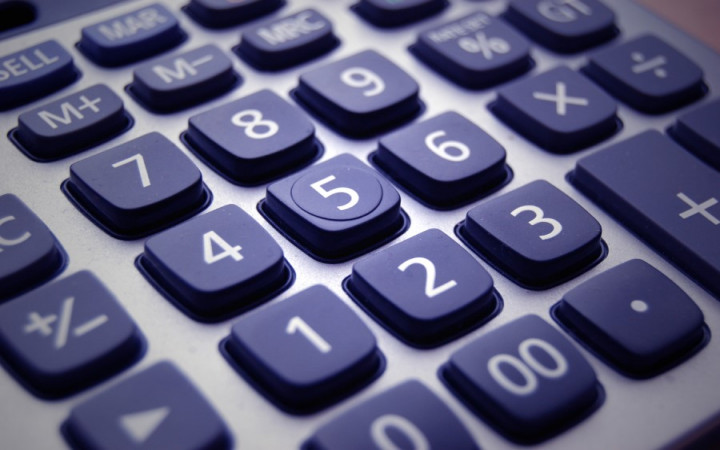How Tech is Revolutionizing the World of Calculators: A Dive into the Calculator Soup – In the realm of mathematics and computation, calculators have always played a pivotal role. From the rudimentary mechanical calculators of the past to the sophisticated digital devices of today, the evolution of calculators has been a testament to the relentless march of technology. In recent years, advancements in technology have led to a revolution in the world of calculators, transforming them from simple arithmetic tools to multifunctional devices capable of complex computations and seamless integration with other technologies. This article explores the various ways in which technology is reshaping the landscape of calculators, delving into the metaphorical “calculator soup” of innovation and progress.
The Evolution of Calculators:
The history of calculators can be traced back to ancient civilizations where devices like the abacus were used for basic arithmetic. However, it wasn’t until the 17th century that mechanical calculators began to emerge, offering more advanced capabilities for calculation. These early devices, such as Pascal’s calculator and Leibniz’s stepped reckoner, laid the foundation for the development of modern calculators.
The 20th century saw a rapid evolution in calculator technology, with the introduction of electronic calculators in the 1960s. These early electronic calculators were bulky and expensive, but they marked a significant leap forward in terms of speed and efficiency. Over the decades, advancements in semiconductor technology led to the miniaturization of calculators, making them more affordable and accessible to the masses.
The Digital Revolution:
The advent of digital technology in the late 20th century brought about a revolution in the world of calculators. Digital calculators replaced their analog counterparts, offering greater accuracy and functionality. The integration of microprocessors and memory chips allowed for the development of programmable calculators capable of performing a wide range of mathematical functions.
One of the key milestones in the digital revolution of calculators was the introduction of graphing calculators in the 1980s. These devices, such as the iconic Texas Instruments TI-83, revolutionized the way mathematics was taught and learned in schools and universities. Graphing calculators provided students with powerful tools for visualizing mathematical concepts and solving complex equations, paving the way for a new era of computational education.
The Rise of Scientific Calculators:
Alongside graphing calculators, scientific calculators also saw significant advancements during this period. Scientific calculators became indispensable tools for engineers, scientists, and professionals in various fields, offering a wide range of mathematical functions and features. The integration of advanced algorithms and computational techniques made scientific calculators capable of handling complex calculations with ease, enabling users to perform tasks that were once considered impossible or impractical.
The Integration of Software and Apps:
In recent years, the proliferation of smartphones and tablets has led to a convergence of calculators with other digital technologies. Today, there is a myriad of calculator apps available for mobile devices, offering a diverse range of functionalities for users of all levels. These apps combine the power of traditional calculators with the convenience and versatility of mobile devices, allowing users to perform calculations on the go with ease.
Furthermore, the integration of cloud computing and online platforms has further expanded the capabilities of calculators, enabling real-time collaboration and data sharing among users. Cloud-based calculator services offer advanced features such as data visualization, statistical analysis, and integration with other software tools, providing users with a comprehensive solution for their computational needs.
The Future of Calculators:
Looking ahead, the future of calculators is poised to be even more transformative with the advent of emerging technologies such as artificial intelligence (AI) and machine learning. AI-powered calculators could revolutionize the way calculations are performed, offering intelligent insights and recommendations based on user input. These calculators could also incorporate natural language processing capabilities, allowing users to interact with them using everyday language.
Moreover, the integration of augmented reality (AR) and virtual reality (VR) technologies could further enhance the utility of calculators by providing immersive visualization tools for mathematical concepts. Imagine being able to explore complex mathematical structures in three-dimensional space or interact with virtual representations of mathematical objects in real time.
In conclusion, the world of calculators has come a long way since the days of the abacus, thanks to the relentless march of technology. From mechanical calculators to digital devices, calculators have evolved into sophisticated tools capable of handling a wide range of mathematical tasks. With the continued advancement of technology, the future holds boundless possibilities for calculators, promising to reshape the way we compute and interact with mathematical concepts in the years to come. As we dive deeper into the metaphorical “calculator soup” of innovation and progress, one thing is clear: the future of calculators is brighter than ever before.

